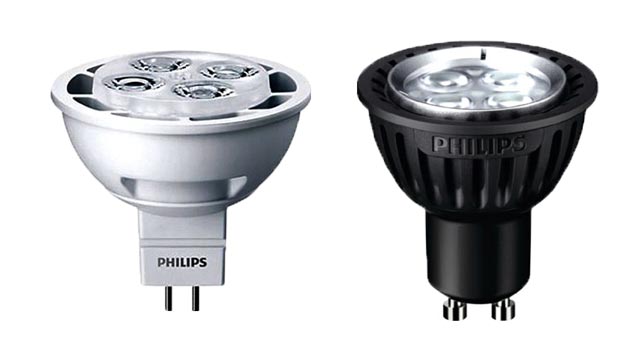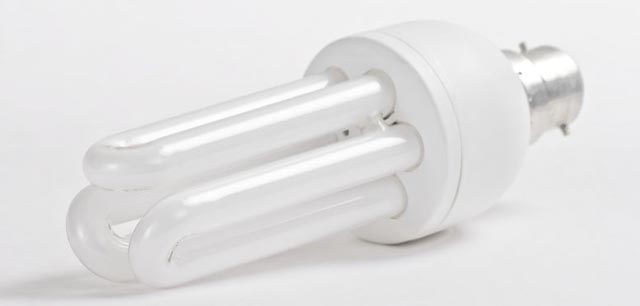
How would you like Eskom to replace the lights in your home with expensive but energy-saving light emitting diode (LED) alternatives? The electricity utility is planning to do exactly that and it’s promising to do it at no cost to you.
The move — Eskom is planning to kick off the programme within a matter of weeks — forms part of Eskom’s drive to cut power consumption as it struggles to keep up with demand thanks to a chronic undersupply of electricity.
The residential programme follows similar subsidies offered to the corporate sector. Big hotel groups, in particular, have taken advantage of these. Earlier this year, financial services group Investec replaced 7 500 energy-hungry halogen downlighters with low-watt LEDs, saving itself a fortune in electricity in the process.
As electricity prices continue to soar — reports this week have suggested the cost of electricity in SA could double in the next five years — consumers are expected to embrace Eskom’s planned subsidy meant to encourage them to adopt energy-saving alternatives.
Eskom, which may start the residential programme as early as this month, plans to work with partners to reduce SA consumers’ power consumption by replacing light bulbs and downlighters (these are small, ceiling-recessed spotlights) with more energy-efficient compact fluorescent lamps and LEDs and by installing geyser and swimming pool timers in SA homes.
With the exception of dimmable LED downlighters, which will cost consumers R25 each — still a tiny fraction of the retail price — Eskom is promising to cover the cost of all replacements up to a certain volume. Non-dimmable downlighters will be supplied free, up to a maximum of 40 per home. Eskom’s partners will also replace up to 20 filament bulbs with compact fluorescents.
In instances where a household’s needs exceed the quota, Eskom’s partners will replace lights in the areas of the home where lighting is most used.
Karebo Systems, one of Eskom’s partners in the project, says it’s charging for dimmable LEDs because Eskom has allocated a fixed amount of funding per lamp and this is not sufficient to cover the more expensive dimmable models.

Karebo, and presumably Eskom’s other partners, will offer both downlighter pin types — GU10s (220V) and MR16s (12V). Dimmable LED downlighters will not, however, be compatible with all dimming systems, but should work correctly with most of them.
Eskom’s partners will keep any units they replace in residential homes for audit purposes.
Consumers are likely to latch onto the new Eskom subsidy in light of the fact that LED solutions, though highly energy efficient, are expensive. A traditional halogen down lighter costs less than R50, while a high-quality LED downlighter can cost as much as R300, or even more.
John Westermeyer, regional marketing manager for lighting at Philips SA, says Eskom has been looking at various means to reduce load on its grid in recent years. These have included efforts to get consumers to exchange filament bulbs for compact fluorescents through campaigns in shopping centres and door-to-door promotions.
The company has also encouraged consumers to consider solar geysers and other alternative energy solutions, but this has had limited success because of the initial outlay involved and because it is not yet possible to contribute any excess power generated to Eskom’s grid in exchange for a rebate.
With this latest project, Westermeyer says Eskom is targeting middle- to upper-income homes, many of which have many power-hungry halogen downlighters. “A typical halogen downlighter consumes 50W of electricity, while an LED consumes about 5W, so there’s the potential for a 90% energy saving.”
Eskom, through its partners, also plans to install timer switches for geysers and swimming pool pumps free of charge, as well as energy-efficient showerheads.
“This is a fantastic initiative from Eskom,” says Westermeyer, who says the utility has faced severe criticism from the public and business because of the rolling blackouts in recent years and calls for big industry to cut back on electricity consumption.
“Eskom knows that it takes time to build power stations, and projects like this remove some of the strain on the grid,” he says. If the project is successful, it could mean future power stations’ output can be put to better use than simply keeping up with existing demand for energy.
TechCentral has been unable to determine how much Eskom will spend on the residential subsidy. More details are expected when the programme is announced formally in the next few weeks. However, it appears the utility will only make the subsidy available in Cape Town, Durban, Johannesburg and Pretoria for now. — (c) 2012 NewsCentral Media




